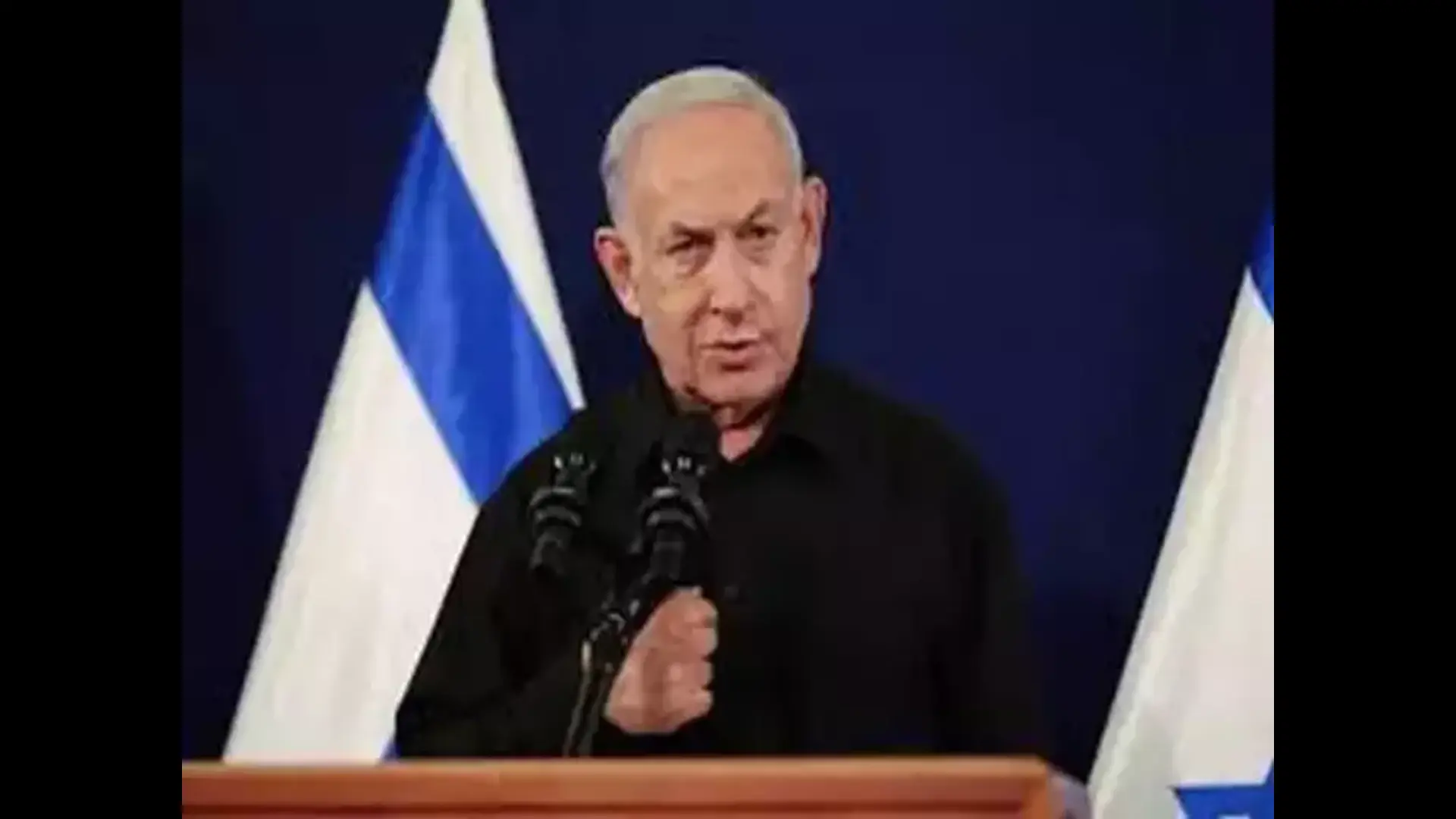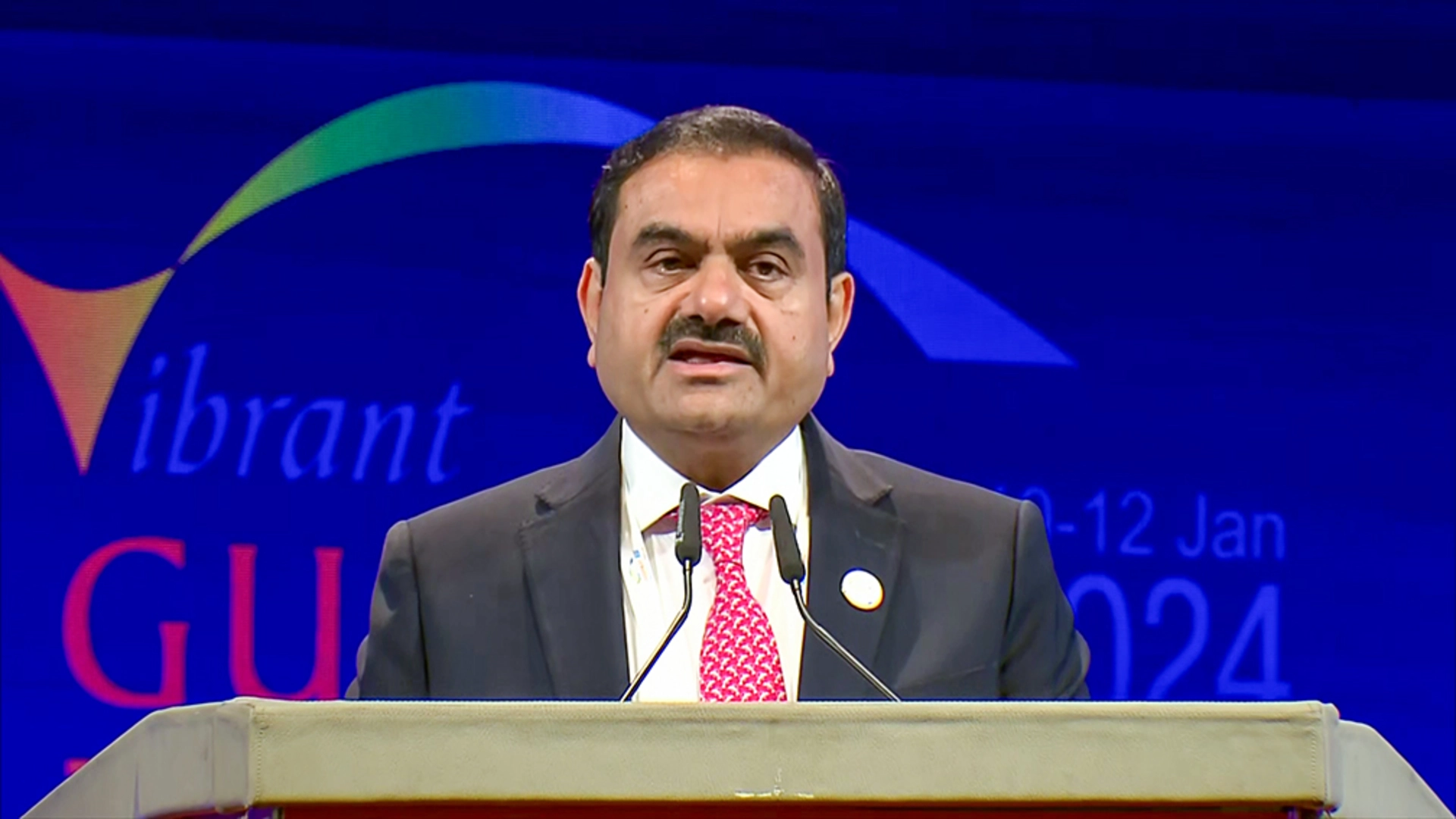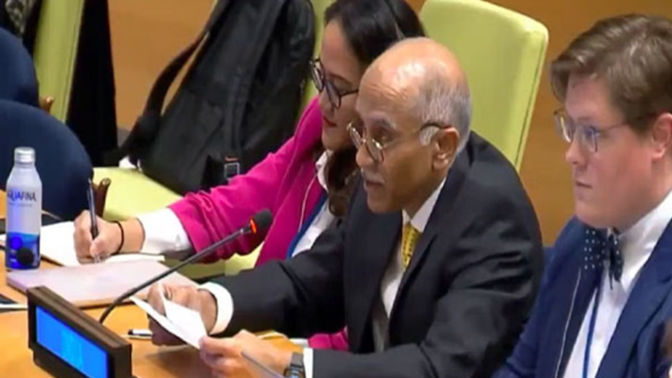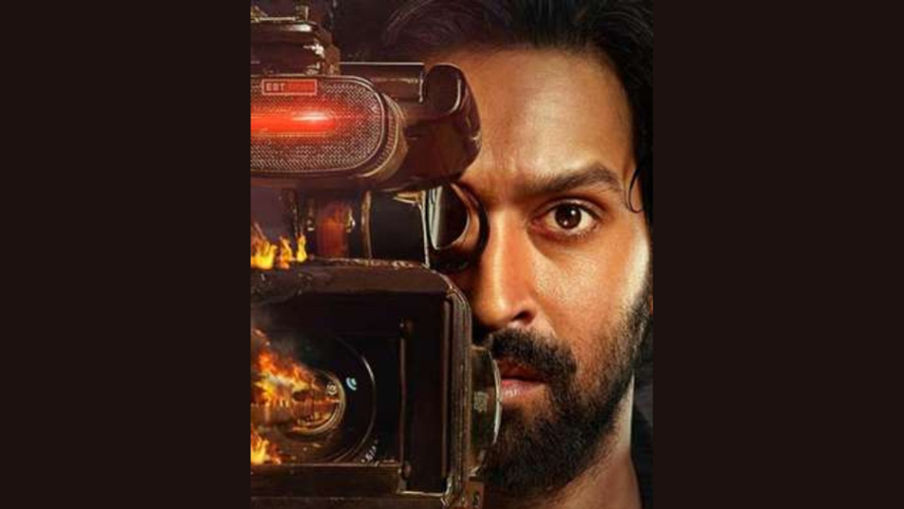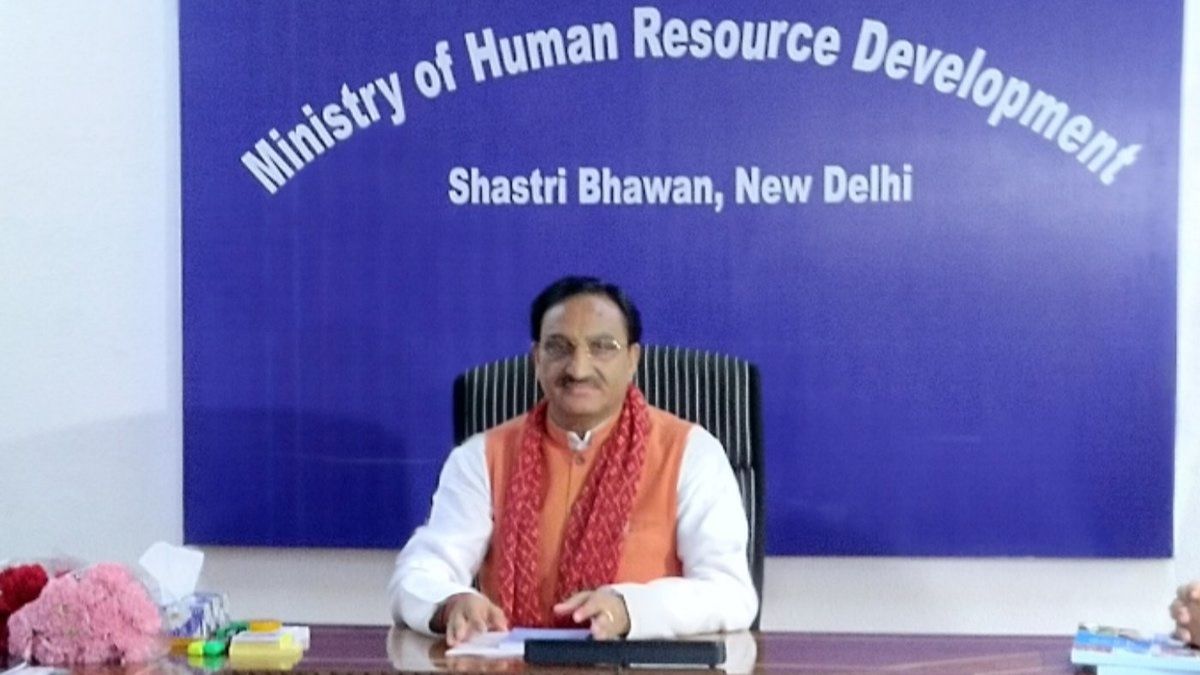
The Union Minister of Human Resource and Development, Ramesh Pokhriyal ‘Nishank’, in his interaction with The Daily Guardian, said that the ongoing coronavirus crisis could be turned into an opportunity as he explained the government’s endeavour to build a world-class digital education infrastructure in the country. Excerpts:
Q. How do you see your arduous journey from a far-flung village in Garhwal to becoming the HRD Minister?
A. I was born in Pinani village in Pauri Garhwal district in Uttarakhand. After completing primary education from a village school, I completed high school from Government Inter College, Damdeval, Pauri Garhwal, which was 8 km away from my village. I started my career as a school teacher.
I had also been a journalist. I have been fortunate that Atalji (Atal Bihari Vajpayee) was close to me. For me, he was a constant source of inspiration. In fact, it was Atalji who persuaded me to join politics. I was a two-time Cabinet minister in Uttar Pradesh. I was a Cabinet minister in Uttarakhand and then later became the Chief Minister of the state.
Q. How can we strengthen our digital infrastructure for elementary and higher education, especially in the wake of Covid-19?
A. I strongly believe that with determination and dedication, the current coronavirus crisis can be turned into an opportunity. More emphasis has been laid on online resources, platforms, bandwidth and availability of technological solutions rather than physical spaces. We realised the fact that these facilities are dynamic and will evolve with the changing times. We do understand that the future of education lies in “blended learning”.
We have invited suggestions through the “Bharat Padhe Online” campaign for elearning. Through “Operation Digital Board”, we aim to strengthen the existing digital infrastructure at school levels. DIKSHA, EPathshala, SWAYAM and other e-platforms are providing quality and engaging digital resources. We have also tied up with the Ministry of Information & Broadcasting to air SWAYAM PRABHA channels on DTH platforms like Tata Sky, Airtel, etc.
Q. What specific steps have you taken to promote research in the country?
A. We are dedicated to develop a world-class research infrastructure. The Ministry of Human Resources and Development (MHRD) is promoting research through schemes such as Prime Minister Research Fellows (PMRF), Scheme for Promotion of Academic and Research Collaboration (SPARC), Impactful Policy Research in Social Science (IMPRESS), Scheme for Transformational and Advanced Research in Sciences (STARS), Impacting Research, Innovation and Technology (IMPRINT) and Scheme for Trans-disciplinary Research for India’s Developing Economy (STRIDE).
Q. Apart from providing quality manpower, there has been a lot of focus on infrastructure development? How are you creating world-class infrastructure?
A. Higher Education Financing Agency (HEFA) provides financial assistance for creation of educational infrastructure along with research and development (R&D) in India’s premier educational institutions. It finances HEIs, KVs, NVs, AIIMS and other educational institutions of the Ministry of Health.
Till 11 December 2019, projects worth Rs 37,000 crore had been sanctioned and we would fund projects worth Rs 1 lakh crore till 2022. A loan amount of Rs 25,564.52 crore has been sanctioned and Rs 5,537 crore have been disbursed. Seventy-five educational institutions have availed funding through HEFA.
Q. In the last one year, you have created several new universities. What initiatives have you taken for the promotion of Sanskrit and other Indian languages?
A. We have created three central universities—Rashtriya Sanskrit Sansthan (RSKS), Delhi; Shri Lal Bahadur Shastri Rashtriya Sanskrit Vidyapeetha (SLBSRSV), New Delhi; and, Rashtriya Sanskrit Vidyapeetha (RSV), Tirupati. Two new central universities—Central University of Andhra Pradesh and Central Tribal University of Andhra Pradesh— were established in Andhra Pradesh in August 2019. Central Institute of Classical Telugu was shifted from Mysore to Nellore district in Andhra Pradesh and is being strengthened.
We are working on various programmes for development of foreign language institutions, Urdu universities, Urdu Council and Sindhi Council. A lot of focus is being laid on recruitment of language teachers. We are dedicated to the development of highquality learning in vernacular languages by encouraging research in vernacular languages. SWAYAM offers 100 courses in eight regional languages like Bengali, Gujarati, Hindi, Kannada, Malayalam, Marathi, Tamil and Telugu. At the school level, DIKSHA hosts more than 80,000 curriculum-linked and curated content pieces in 15 languages (mediums of instruction).
Q. What steps have you taken to improve teaching in our institutions?
A. There are several schemes of the MHRD to improve skills of our teachers. Pandit Madan Mohan Malaviya National Mission on Teachers and Teaching (PMMMNMTT), for instance, addresses current and urgent issues of supply of qualified teachers, attracting talent into the teaching profession and raising the quality of teaching in schools and colleges.
More than 2.5 lakh teachers have been trained. Leadership for Academics Programme (LEAP) prepares academic heads who are potentially likely to assume leadership roles in the future. ARPIT helps in online professional development of 15 lakh higher education faculties using SWAYAM. More than 51,000 learners and 1,46,214 learners were enrolled in 2018 and 2019 respectively. Under NISHTHA we will be training 42 lakh school teachers to make them competitive
Q. Apart from politics, another area that is said to be your forte is literary writing. How do you manage to write despite your busy schedule?
A. I consider myself blessed that my books have been received well by readers across the country. My first collection of poems Samarpan was published in 1983 and after that around 75 books have been published by various publishers worldwide. There are more than 25 research projects (PhD and D.Litt) on my literature. Through my literary creations I have been able to connect to common people. I am glad to share that my literature has been translated in various languages, including Tamil, Telugu, Malayalam, Bhojpuri, Oriya, Gujarati, Marathi, and several other Indian languages and foreign languages as well.

